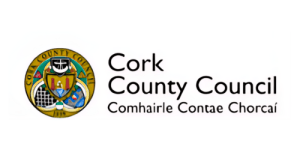Step through the doors of an Irish pub, and you’re stepping into a world where time slows down, stories flow as freely as the whiskey, and the warmth of a roaring fire is rivalled only by the laughter of friends, old and new. Whether nestled in a bustling Dublin street or perched on a windswept road along the Wild Atlantic Way, the Irish pub has long been more than just a place to grab a drink – it’s a cultural institution and a vital thread in the fabric of Irish life.
In this blog, we’ll explore the rich history of the Irish pub, uncovering its evolution from simple alehouses to social hubs. We’ll celebrate what makes an Irish pub quintessentially Irish, from its cozy interiors to its role as the home of the “craic.” We’ll also look at how Irish pubs have become global icons, spreading their charm far and wide, and consider the current challenges these beloved establishments face.
The History of the Irish Pub

The story of the Irish pub begins over a millennium ago, with the emergence of informal alehouses in the early medieval period. These were simple establishments – often run out of someone’s home – where people gathered to drink ale, share stories, and foster a sense of community. These early alehouses were the precursors to what we now know as the pub.
In 1635, a pivotal moment in pub history occurred when licensing laws were introduced by the English administration. These laws, enacted as part of an effort to control the brewing and sale of alcohol, required alehouse keepers to obtain a license to operate legally. Licenses were granted by local magistrates, ensuring that public houses were regulated, maintained certain standards, and operated as safe spaces for community gatherings. This legislation marked the official transformation of informal alehouses into more structured public houses, or “pubs.”
As the 17th and 18th centuries unfolded, Irish pubs became central to community life, particularly in rural areas. These pubs were more than places to drink; they were multi-functional hubs where people met to conduct business, hold meetings, and celebrate significant life events. The phenomenon of the “grocery-pub” also began during this period, with many publicans running dual businesses – selling groceries and serving drinks under the same roof. This practical model suited rural communities, where resources and venues were often limited.
The 19th century brought what many regard as the golden age of the Irish pub. With the rise of towns and cities during the Industrial Revolution, purpose-built pubs began to flourish. These establishments featured the distinctive architectural and decorative elements we associate with Irish pubs today: polished wood, intricate carvings, stained glass, and a warm, inviting atmosphere. Dublin became home to some of the most iconic Victorian pubs still in operation, including gems like The Long Hall and The Stag’s Head.
As Ireland entered the 20th century, pubs remained integral to both urban and rural life. In cities, they were vibrant social hubs where music and conversation flourished. In the countryside, they retained their role as centres of community, with many still doubling as grocery stores or even post offices. Pubs were where life unfolded – weddings were toasted, wakes were mourned, and everything in between was celebrated.
The Quintessential Irish Pub

What makes an Irish pub, well, Irish? There’s a certain alchemy to it – an atmosphere so rich and inviting that it’s instantly recognisable, no matter where you are. Step into a truly authentic Irish pub, and you’re stepping into a space that’s more than a place to drink; it’s a warm embrace, a storyteller’s haven, and a melting pot of community spirit.
At the heart of the quintessential Irish pub lies its unique charm and design. Think of the rich, polished wood of the bar counter, the warm glow of soft lighting, and the snug – a small, enclosed booth ideal for private chats and quiet pints. The walls often tell their own stories, adorned with photographs, memorabilia, and perhaps an old clock that seems to tick just a bit slower than elsewhere. There’s also the ever-present fireplace, crackling in the corner on a cold evening, turning strangers into friends over the shared comfort of its warmth.
But it’s not just the design – it’s the people and the atmosphere. The Irish pub thrives on the idea of the “craic” – that elusive mix of good company, engaging conversation, and laughter. It’s a place where music isn’t just background noise; it’s woven into the very fabric of the experience. Traditional Irish music sessions, where fiddles, flutes, and bodhráns converge, often spring to life in the corner of the pub, drawing locals and visitors alike into their rhythm.
Another hallmark of the Irish pub is the relationship between the publican and the patrons. In small towns and villages especially, the publican often knows everyone by name, remembers their favourite drink, and is as much a host as they are a proprietor. It’s this personal connection that fosters a sense of belonging and keeps people coming back.
Irish Pubs Abroad

There’s something magical about walking through a bustling foreign city, only to stumble upon a familiar green façade, a Guinness sign in the window, and the sound of laughter spilling onto the street. The Irish pub abroad is not just a watering hole; it’s a cultural ambassador, a beacon of Irish hospitality that has made its way to almost every corner of the globe.
The phenomenon of Irish pubs abroad began during the 19th century, spurred by waves of Irish emigration, particularly during and after the Great Famine (1845–1852). As Irish people settled in cities across the United States, Britain, Canada, and Australia, they brought with them their culture, traditions, and love of community. The pub became a natural gathering place for the Irish diaspora – a home away from home where they could celebrate their heritage, share stories, and support one another in a foreign land.
By the late 20th century, the concept of the Irish pub evolved from being primarily a meeting place for emigrants to becoming a cultural phenomenon celebrated by people of all nationalities. This shift was partly fuelled by a deliberate effort to “export” Irish pubs as commercial enterprises. The Guinness-backed “Irish Pub Company,” founded in the 1990s, played a significant role in this expansion. They provided ready-made Irish pub designs, complete with authentic décor and even imported fittings, to entrepreneurs around the world who wanted to bring a slice of Ireland to their cities.
Today, there are over 7,000 Irish pubs in more than 150 countries, from New York to Nairobi and from Buenos Aires to Bangkok. These pubs serve as hubs of Irish culture, often featuring live music, Irish-inspired menus, and, of course, pints of Guinness poured with the same care you’d find in West Cork. They are a testament to the global affection for Ireland and its people, offering travelers a taste of Irish warmth and camaraderie wherever they go.
It’s easy to take all of this for granted when you’re at home in Ireland, where pubs are woven into the fabric of everyday life. But when you find yourself in a faraway land, surrounded by unfamiliar sights and sounds, there’s something deeply moving about the sight of an Irish pub. It’s a reminder of how special it is to be Irish, how the world’s affection for Ireland stretches far beyond its shores and how our culture deeply resonates with others.
The Current State of Irish Pubs

While the Irish pub remains one of the most iconic symbols of Irish culture, the 21st century has brought several challenges that have threatened their survival and forced many to adapt.
The first wave of challenges arrived in the early 2000s. In 2004, Ireland became one of the first countries in the world to implement a nationwide smoking ban in workplaces, including pubs. While this measure was praised for improving public health, it had an undeniable impact on pub culture. Long-time patrons, particularly smokers, were deterred from visiting their local pub as often. Around the same time, stricter drink-driving laws were introduced, which further discouraged people – especially those in rural areas – from heading to the pub for a pint. For many small-town pubs, these changes marked the beginning of a declining period.
More recently, the cost of living crisis has added a new layer of difficulty. Rising costs of energy, rent, and supplies have made running a pub increasingly expensive, while consumers face their own financial pressures. Pubs have also had to contend with a cultural shift in drinking habits. Supermarkets and off-licenses now offer cheap alcohol, and many people, particularly younger generations, are choosing to drink at home instead of heading to the pub.
The COVID-19 pandemic delivered another heavy blow to Irish pubs, forcing many to shut their doors for months at a time and accelerating changes that were already underway. During lockdowns, some people discovered new ways to socialise – whether through online meetups or gatherings at home – that didn’t involve a trip to the pub. When restrictions lifted, not all of Ireland’s pubs reopened; many rural and small-town pubs, already struggling, found the road back too steep to climb.
Despite these struggles, the Irish pub is far from a relic of the past. Many establishments have risen to the challenge by diversifying their offerings. A growing number of pubs now serve high-quality food, host live entertainment, or even brew their own craft beer to appeal to modern tastes. Others have embraced technology, offering online reservations and marketing themselves through social media to attract both locals and tourists.
Conclusion
The Irish pub stands as a testament to Ireland’s rich history and its enduring spirit of hospitality. While the landscape of Irish pubs continues to evolve, their charm and cultural significance remain as strong as ever. These establishments are not just places to enjoy a pint; they are vibrant hubs of community and tradition, where the past and present intertwine.
As symbols of Ireland’s famed hospitality, pubs still play a vital role in communities across the country. Whether by adapting to modern tastes with craft beers and elevated menus or by doubling down on their timeless traditions of music, storytelling, and camaraderie, Irish pubs are finding ways to keep their doors open and their fires burning.
So, why not come and experience it for yourself? Step inside an authentic Irish pub, soak up the atmosphere, and discover the stories waiting to be shared. After all, there’s nothing quite like the warm welcome of an Irish pub to make you feel at home, no matter where you come from
Have questions about our tours or want to learn more? Drop us an email at info@dunesanddrams.com – we’d love to chat about bringing your Irish dream trip to life!
Discover the essence of Ireland with one of our Signature Tours. Each carefully curated tour offers a glimpse into our bespoke experiences, combining luxury, tradition, and the unparalleled beauty of Ireland.
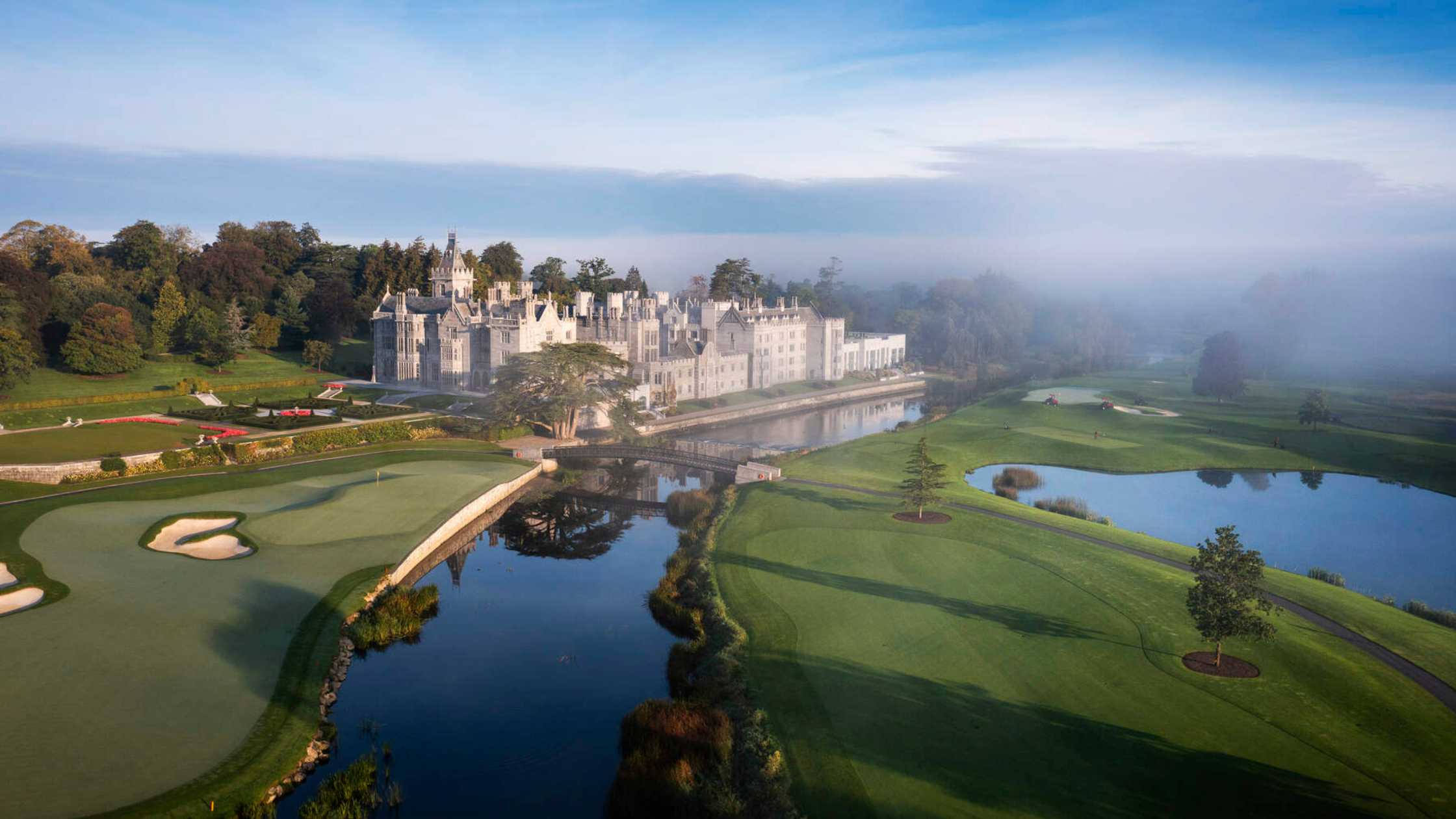
This tour, crafted for lasting memories, includes world-class golf, exclusive whiskey experiences, and cultural gems.
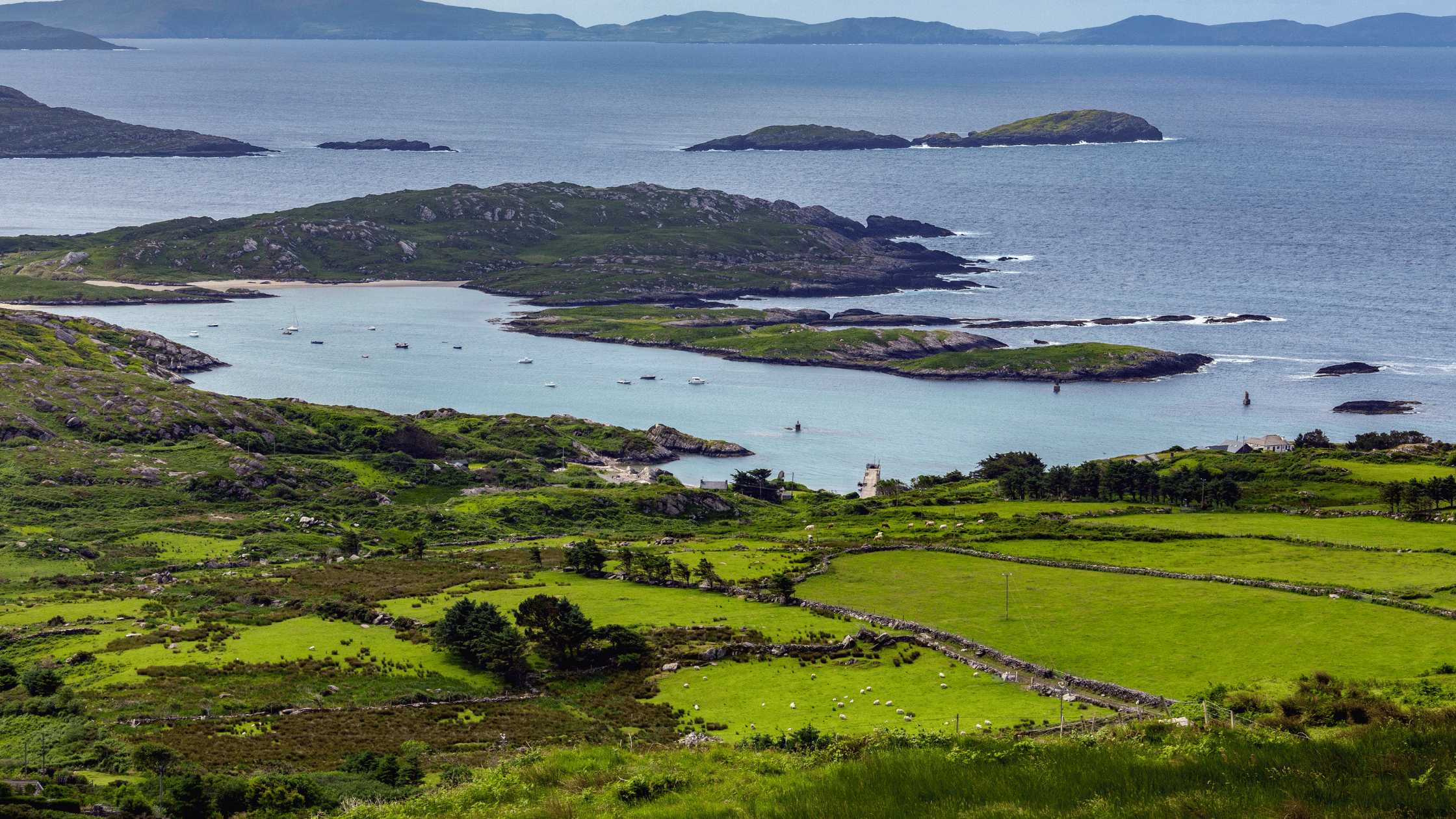
Travel Ireland’s Wild Atlantic Way where each stop unveils a blend of rugged landscapes and luxurious comfort.
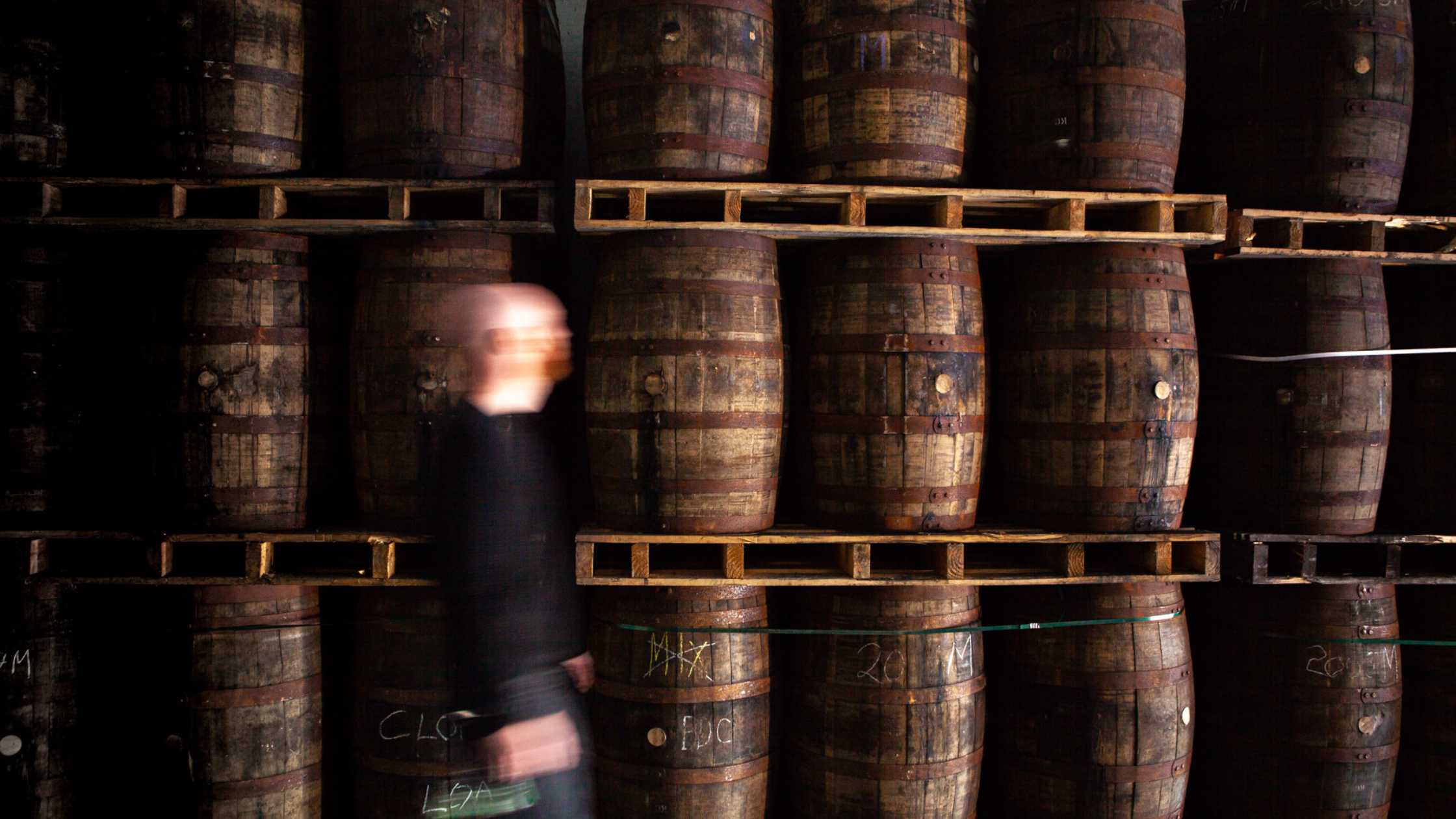
From the historic streets of Dublin to the scenic beauty of West Cork and Kerry, this tour offers a blend of luxury stays, exclusive distillery visits, and cultural immersion.
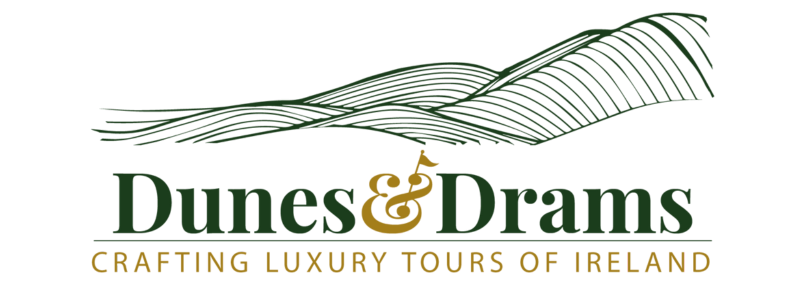
info@dunesanddrams.com
+353 872236456
Clonakilty, West Cork, Ireland
Supported By


